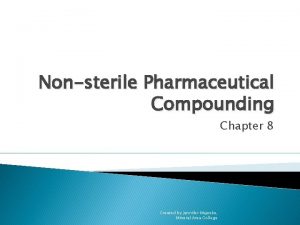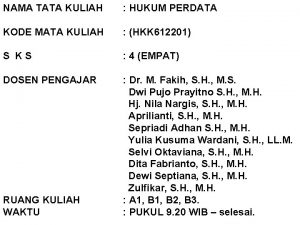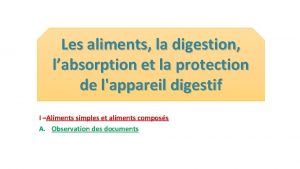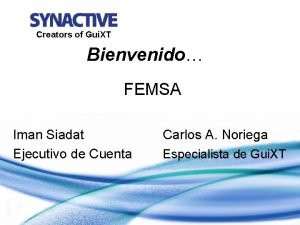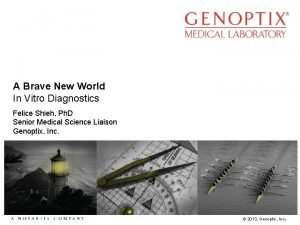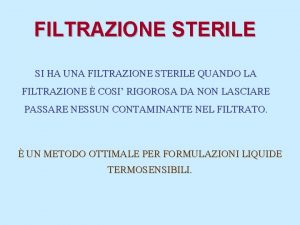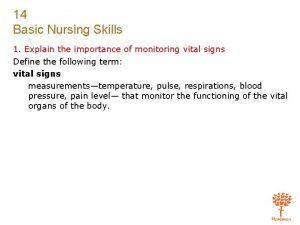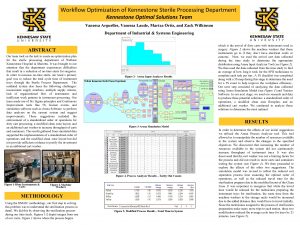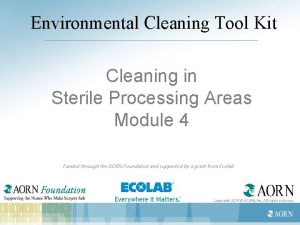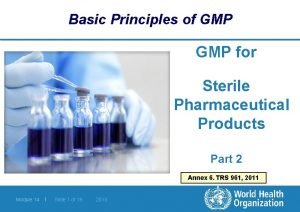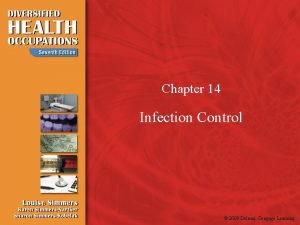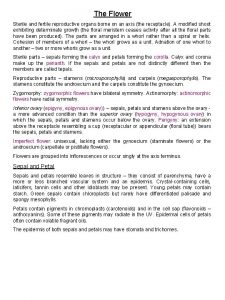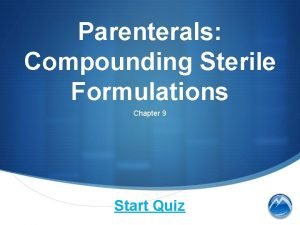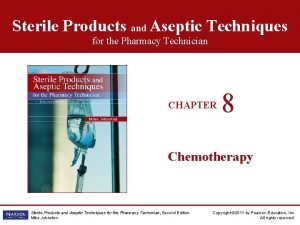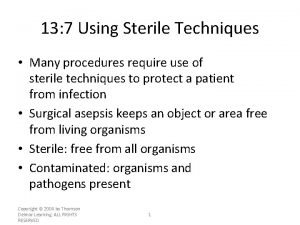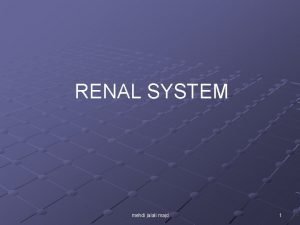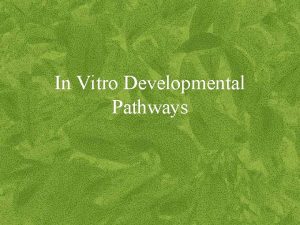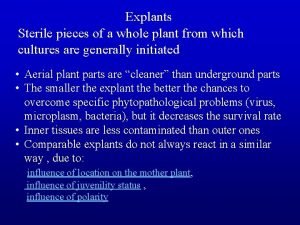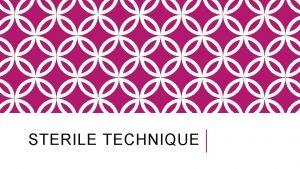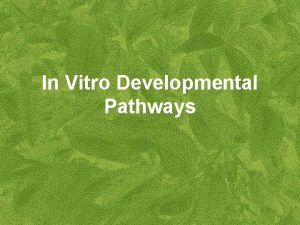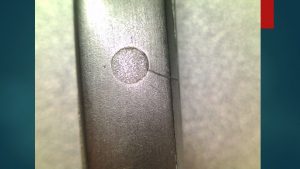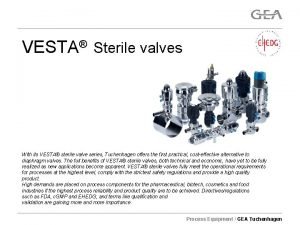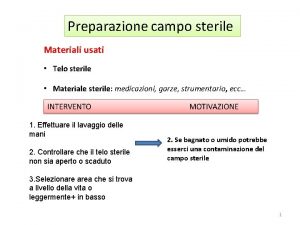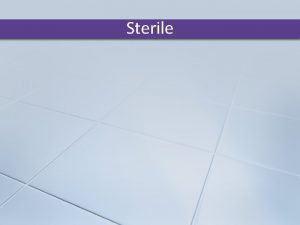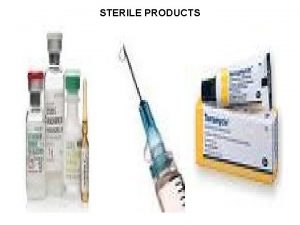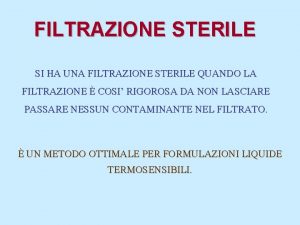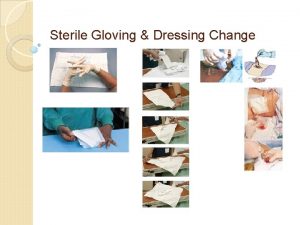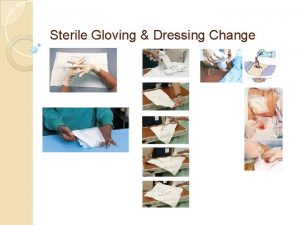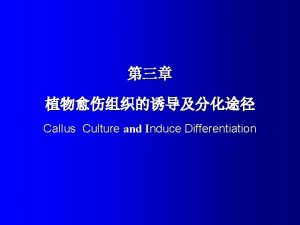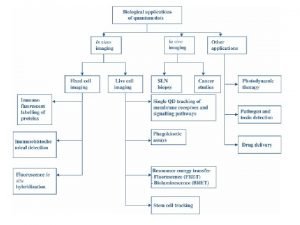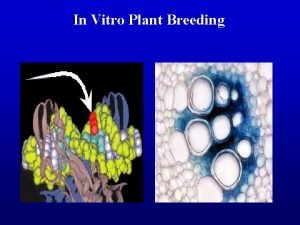In Vitro Developmental Pathways Explants Sterile pieces of

























- Slides: 25

In Vitro Developmental Pathways

Explants Sterile pieces of a whole plant from which cultures are generally initiated Types of explant: Generally all plant cells can be used as an explant, however young and rapidly growing tissue (or tissue at an early stage of development) are preferred.

a) Root tip: Root cultures can be established from explants of the root tip of either primary or lateral roots. b) Shoot tip: The shoot apical meristem from either axillary or adventitious buds can be cultured in vitro. c) Embryo: Both immature and mature embryos can be used as explants to generate callus cultures or somatic embryos. Immature, embryo-derived callus is the most popular method of monocot plant regeneration. d) Haploid tissue Male gametophyte (Pollen in anthers) or female gametophyte (the ovule) can be used as an explant. Haploid tissue cultures can produce haploid or di-haploid plants due to doubling of chromosomes during the culture periods.

Culture Types Callus Cell suspension culture Protoplast Hairy root

Callus üDefinition: It is an unspecialized and unorganized, growing and dividing mass of cells, produced when explants are cultured on the appropriate solid medium, with both an auxin and a cytokinin and correct conditions. üDuring callus formation there is some degree of dedifferentiation both in morphology and metabolism, resulting in the lose the ability to photosynthesis.

Callus • Callus cultures may be compact or friable. üCompact callus shows densely aggregated cells üFriable callus shows loosely associated cells and the callus becomes soft and breaks apart easily. • Habituation: it is the lose of the requirement for auxin and/or cytokinin by the culture during long-term culture.

Cell-suspension cultures • When friable callus is placed into the appropriate liquid medium and agitated, single cells and/or small clumps of cells are released into the medium and continue to grow and divide, producing a cell-suspension culture. • The inoculum used to initiate cell suspension culture should neither be too small to affect cells numbers nor too large too allow the build up of toxic products or stressed cells to lethal levels. • Cell suspension culture techniques are very important for plant biotransformation and plant genetic engineering.


Three stages of callus culture • Induction: Cells in explant dedifferentiate and begin to divide • Proliferative Stage: Rapid cell division • Morphogenesis stage: Differentiation and formation of organized structures; specifically processes that lead to plant regeneration from somatic cells

Induction

Division

Plant morphogenesis • Organogenesis The formation of organs (such as leaves, shoots, roots) on a plant organ, usually of a different kind. 1. Enhancement of axillary bud proliferation/ development 2. Adventitious shoot formation • 3. Adventitious root formation • Somatic embryogenesis Embryo initiation and development from somatic cells

Organogenesis Shoot initiation and development with subsequent formation of adventitious roots üEnhancement of axillary bud proliferation and development stimulation of the shoot apical meristem in vitro that includes proliferation of lateral buds üAdventitious shoot formation - dedifferentiation and/or differentiation and development of shoots from nonmeristematic cells (one or more than one) either directly or indirectly üAdventitious root formation - roots are initiated adventitiously at the base of the shoot apex and a vascular continuum is established to complete plant regeneration.

Somatic Embryogenesis ü Dedifferentiation is typically minimal but a meristemoid-like tissue can be formed in the latter case ü Histogenesis of somatic embryogenesis is characterized by the formation of a bipolar structure, in contrast to adventitious organogenesis ü Single cell origin of somatic embryos makes chimerism infrequent; adventitious shoots can arise from more than one cell









Somatic Embryos • Bipolar • Not connected to explant or callus cells by vascular tissue • In most woody plants, tissue must be juvenile or reproductive


Cell Developmental Phases Leading to Morphogenesis
 Non sterile compounding examples
Non sterile compounding examples Wetboek familierecht
Wetboek familierecht Apparail digestif
Apparail digestif Tumacenje ige
Tumacenje ige Procedure for isolation of cells for in vitro culture
Procedure for isolation of cells for in vitro culture Iman siadat
Iman siadat Vitro data center
Vitro data center In vitro diagnostics
In vitro diagnostics Sterile semisolid preparations for ophthalmic use only are
Sterile semisolid preparations for ophthalmic use only are Filtrazione sterilizzante
Filtrazione sterilizzante Basic nursing skills chapter 14
Basic nursing skills chapter 14 Opening sterile supplies
Opening sterile supplies Chapter 15 infection control
Chapter 15 infection control Sterile supply workflow
Sterile supply workflow Sterile products and aseptic techniques
Sterile products and aseptic techniques Sterile processing decontamination ppe
Sterile processing decontamination ppe Who gmp for sterile pharmaceutical products
Who gmp for sterile pharmaceutical products Chapter 14:3 washing hands
Chapter 14:3 washing hands Sterile flower
Sterile flower Sterile technique quiz
Sterile technique quiz Sterile products and aseptic techniques
Sterile products and aseptic techniques Sterile pyuria ppt
Sterile pyuria ppt Aseptic technique pharmacy
Aseptic technique pharmacy 15:8 using sterile techniques
15:8 using sterile techniques Pyuria definition
Pyuria definition Nephron
Nephron
